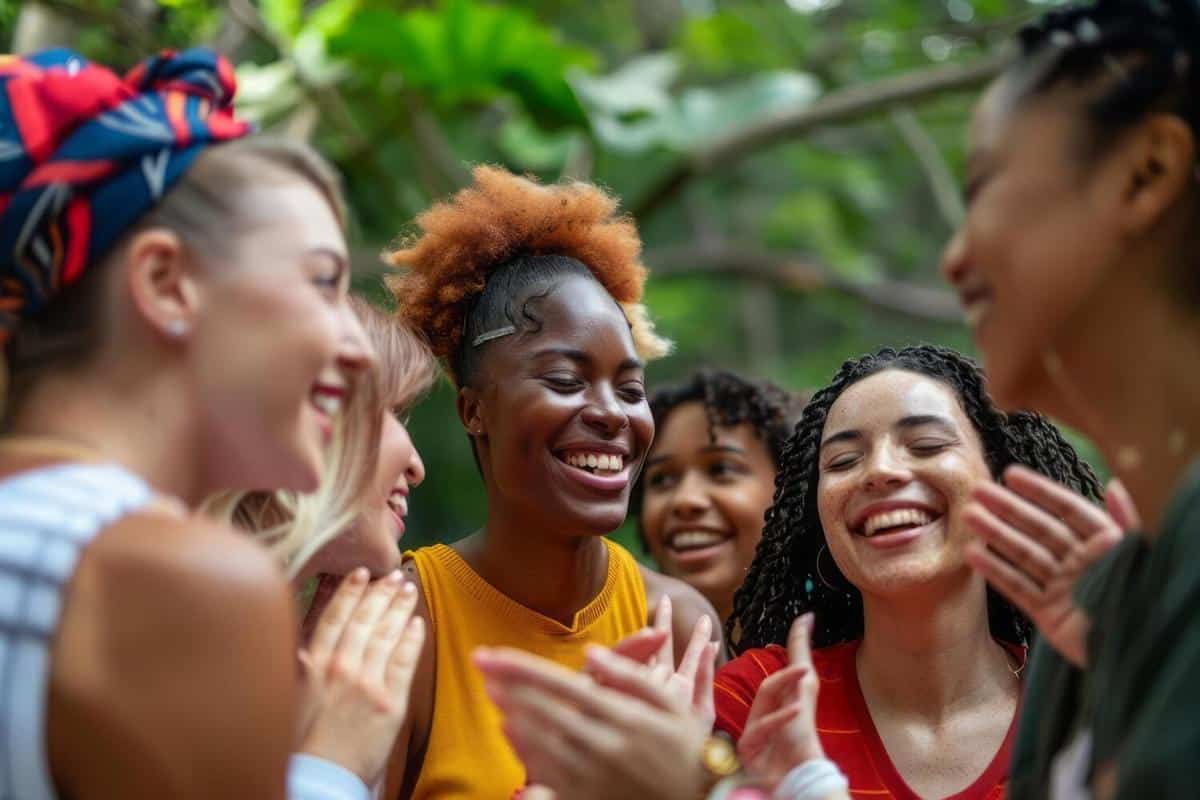
Crowdsourcing Cultural Heritage: Engaging the Public in Preservation Efforts
Engaging communities in preserving cultural heritage isn’t just an academic endeavor; it’s a shared responsibility that connects the past with the present and future. Crowdsourcing has emerged as a vital tool in this effort, harnessing the power of public participation to safeguard the world’s cultural treasures.
The Power of Crowdsourcing in Cultural Preservation
Crowdsourcing involves gathering input, ideas, or services from a large group of people, typically via the internet. In cultural heritage preservation, it opens avenues for broad public engagement, allowing individuals to contribute to conservation efforts by sharing their knowledge, experiences, and skills.
Expert Insights
“Crowdsourcing democratizes cultural heritage preservation,” says Dr. Emily Chen, a cultural heritage specialist. “It empowers communities to take an active role in preserving their history, ensuring that diverse narratives are included.”
Statistics and Research
Research from the University of Leicester reveals that over 70% of cultural institutions that have implemented crowdsourcing projects reported enhanced community engagement and awareness. Additionally, a survey by the Heritage Alliance found that such projects result in a 50% increase in volunteer participation.
Real-World Examples
The ‘Historypin’ project is a prime example of successful crowdsourcing. It allows people worldwide to pin their historical photos to a map, creating a digital archive of shared memories. Another noteworthy project is ‘The Transcribe Bentham,’ where volunteers transcribe historical manuscripts, making them accessible to researchers globally.
Actionable Tips for Engaging the Public
- Leverage Social Media: Use platforms like Instagram and Facebook to reach a wider audience and encourage participation.
- Create Accessible Platforms: Ensure your online tools are user-friendly, encouraging more people to contribute.
- Offer Training: Provide resources and workshops for volunteers to enhance their skills.
Engaging Content Formats
Utilize engaging formats such as virtual tours, interactive maps, and multimedia storytelling to captivate and educate your audience.
Table: Comparison of Crowdsourcing Projects
| Project Name | Focus | Platform | Community Involvement |
|---|---|---|---|
| Historypin | Photo Archiving | Web & Mobile | Global |
| Transcribe Bentham | Manuscript Transcription | Web | International |
| Smithsonian Transcription Center | Document Transcription | Web | Worldwide |
| Fold3 | Military Archives | Web | U.S. Focused |
| Project GUTENBERG | Literary Works | Web | Global |
| Galaxy Zoo | Astronomy | Web | International |
| Zooniverse | Various | Web | Global |
| National Archives | Document Preservation | Web | U.S. Focused |
Frequently Asked Questions
How can I get involved in crowdsourcing for cultural heritage?
You can start by joining online platforms like Zooniverse or the Smithsonian Transcription Center, where you can contribute to ongoing projects.
What skills do I need to participate?
Most projects require no specific skills, just a willingness to learn and participate. Some platforms offer training resources to help you get started.
Conclusion: A Call to Action
Crowdsourcing cultural heritage is not just about preserving the past; it’s about building a community that values its history and works collaboratively to protect it. By participating in these efforts, you contribute to a rich tapestry of shared human experiences. Get involved today and help keep our cultural legacy alive for future generations.